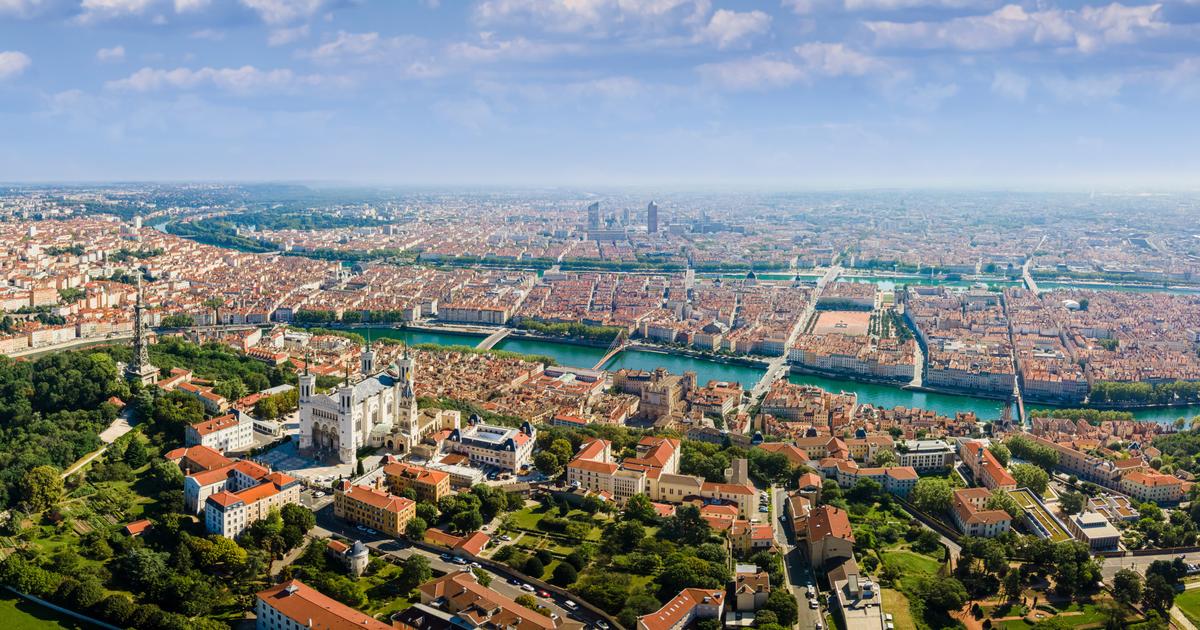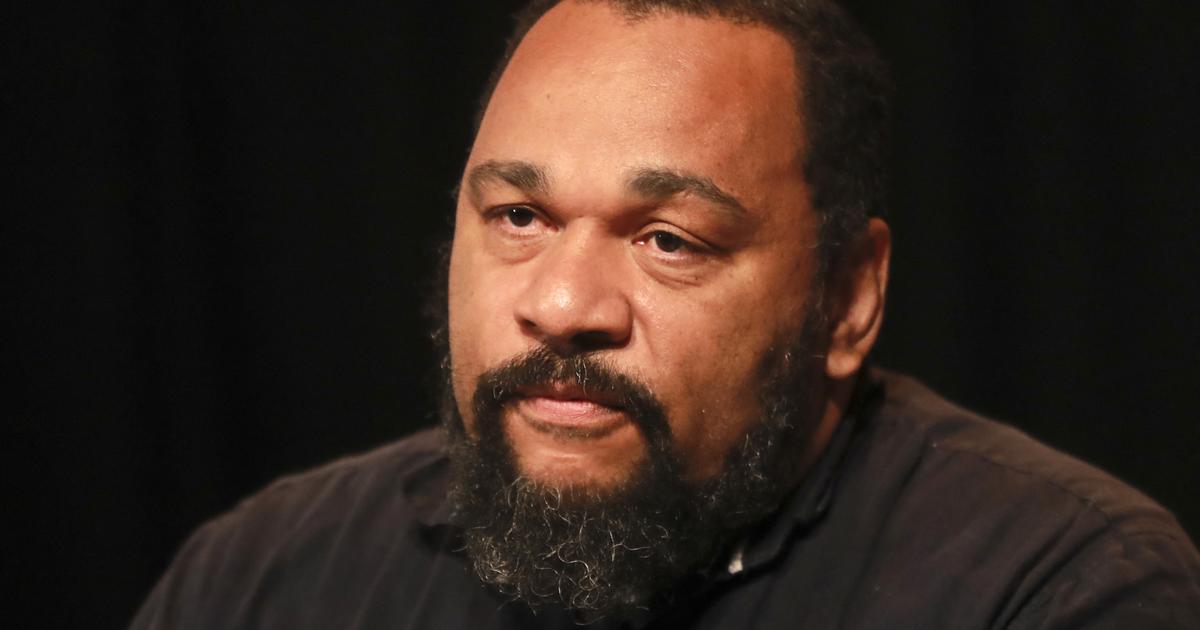Ukraine is considered the home of the Little Russians.
Together with the Great Russians living in Russia today and the Belarusians, these form the Russian national community.
The
Ukraine
between Poland and Russia.
The geographic location has had a major
impact
on the
history of
the
state
.
The country was a socialist Soviet republic for many decades.
Kiev - On January 22, 1919, the Ukrainian People's Republic, formed shortly after the end of World War I, was united with the West Ukrainian People's Republic to form
Ukraine
.
However, the territory of western Ukraine was fiercely contested and fell to Czechoslovakia, Poland and Romania after armed conflicts in the further course of 1919.
Ukraine: The Beginning of History to the End of the Middle Ages
In the region of today's
Ukraine
, several Indo-European tribes settled in the early days.
In the 7th and 6th centuries BC
Some Greek colonies arose in the area of the Ukrainian Black Sea coast, and a century later they merged to form the Bosporan Empire.
In the following centuries the country was settled by the following ethnic groups:
Goths
Huns
Bulgarians
Avars
Magyars
Slavs settled in the north-west of the country.
Like Greater and Belarus, Ukraine, as small Russia, has its origins in the historically first Russian
state
, the Kievan Rus.
Vikings increasingly settled in this region from the 8th century and contributed to the founding of this state.
The Kievan Rus, also known as the Old Russian Empire, experienced an economic boom in the 10th and 11th centuries, and Christianization began around the turn of the millennium.
Increasing fragmentation since the 12th century weakened the state with serious consequences.
It enabled the Mongols to invade between 1237 and 1240. As a result, the Old Russian Empire had to pay tribute and experienced an economic decline.
In the 16th century, parts of Ukraine also came under Polish rule.
The Crimean peninsula was ruled by Tatars during this period.
Ukraine: From the beginning of the modern era to the end of the 18th century
The
people
of
Ukraine
suffered from the Polish rule, which motivated them to revolt against the occupying power on several occasions.
These were regularly and bloodily suppressed.
It was not until 1648 that the eastern part of the country was liberated from Polish supremacy: the Cossack leader
Bohdan Khmelnyzkyj
organized this uprising and then founded the Hetmanate as an independent
state
.
The Cossacks placed him under the protection and rule of the Russian Tsar.
This agreement lasted until the 18th century.
In contrast, the western part of Ukraine remained under Polish-Ukrainian rule.
As part of the Polish partitions in the 18th century, territorial rearrangements were also decided with regard to the Ukraine: Eastern Ukraine was integrated into Russia.
Western Ukraine with its regions of Galicia and Bukovina became part of the Habsburg Empire.
Under
Catherine the Great
(1729 to 1796), the Crimea, which had been ruled by the Tatars until then, was taken over by Russia.
Ukraine: From the National Movement to Homodor
As in all European
countries,
a new national consciousness
formed in
Ukraine
at the beginning of the 19th century.
The Ukrainian
people
rejected foreign rule and strove to found their own nation-state.
She turned away from the concept of a united Russia, which consisted of small, large and Belarusians and was represented by the Russian tsar.
The main representatives of the idea of a nation-state of their own were:
Taras Shevchenko
Mykola Kostomarov
Mychajlo Hruschewskyj
However, the Ukrainian national movement was unable to achieve its goal of establishing a state because it was systematically suppressed by the authorities.
Only in the turmoil at the end of the First World War were two Ukrainian states temporarily created, the Ukrainian People's Republic and the West Ukrainian People's Republic, which were unified in 1919.
A short time later, the two states went under again.
The Soviet Union, under the leadership of
Josef Stalin
(1878 to 1953), subdued Ukraine.
The main focus was on using the land as a granary.
This led to the transport of the grain harvest to the Soviet Union and a communist reform of agriculture.
The result in 1932 and 1933 was the so-called Homodor, one of the greatest famine of modern times.
The exact number of deaths from starvation could not be determined, it is estimated at up to 14 million.
Ukraine: From World War II to the Present
From 1941 until the turn of the year 1943/44, the Ukraine was occupied by Hitler's Germany.
This epoch of
history
was marked by mass deportations of Jews.
In addition, hundreds of thousands of Ukrainians were deported to Germany as forced laborers.
After the Red Army won the Second World War, extensive forced resettlements were carried out as part of the reorganization of Poland: citizens of Polish origin were relocated to Poland from the western part of Ukraine, citizens of Ukrainian origin had to move from eastern Poland to the Ukraine.
Ukraine became the
Ukrainian Soviet Socialist Republic
.
In 1986 the Chernobyl nuclear accident, which still has an impact today.
After the fall of the Soviet Union, the
citizens
of Ukraine
who were entitled to vote held
a referendum in 1991 in which they decided on their independence.
Over 90 percent of the participants in this vote spoke in favor of Ukrainian independence.
But unlike the other Eastern European countries, which have completely separated from Russia's sphere of influence and oriented themselves to the west, Ukraine has not taken this step to this day (as of December 2020).
The
state
is neither a member of the EU nor of NATO.
The Russian government still has a strong influence on Ukraine.
This was shown, among other things, by pressure from Russia to break off accession negotiations with the EU in 2013. In addition, in 2014 there was an annexation of Crimea, which has since been part of Russian territory, in violation of international law.
Since that time, skirmishes initiated by Russia have taken place in the Russian-Ukrainian border area.
Ukraine: Today's State - Politicians and Heads of Government
Ukraine has had a semi-presidential system of government since gaining independence.
A new constitution was passed on June 28, 1996.
According to this, Ukraine is a democratic republic and a constitutional state.
The president is the head of the
state
, since 2019 this is
Volodymyr Zelenskyj
.
The government consists of the prime minister and his ministers.
The state's party landscape has been in a state of radical change for decades.
In the past elections, different parties provided the prime minister.
Denys Schmyhal has
held
this position since March 2020
.
Ukraine: geography and cities
With an area of 603,700 square kilometers,
Ukraine has
the second largest national territory in Europe after Russia.
At around 95 percent, the vast majority of Ukraine forms the Eastern European level.
This is divided into the lowlands and slightly higher regions.
In the center of Ukraine, in the Donets Basin, there are large amounts of mineral resources, especially iron ore and coal.
Kiev is the capital of the
state
, it has almost three million inhabitants.
In addition, the country owns these major
cities,
among others
:
Kharkiv (1.4 million inhabitants)
Odessa (1 million inhabitants)
Dnipro (991,000 inhabitants)
Donetsk (908,000 inhabitants)
Ukraine: Population and Language
In 2020 there were around 41 million people living in
Ukraine
.
Before independence from the Soviet Union, the
population
was 6 million larger, excluding the loss of Crimea.
This demographic trend can be traced back to a very low birth rate and high levels of emigration, especially to Canada and Western Europe and the USA.
A census was conducted in 2001.
It came to the result that just under 78 percent Ukrainians and around 17 percent Russians as well as numerous members of other ethnic groups live in small numbers in the Ukraine.
Today, a large part of the population speaks both Russian and Ukrainian.
The official
language
is Ukrainian.









